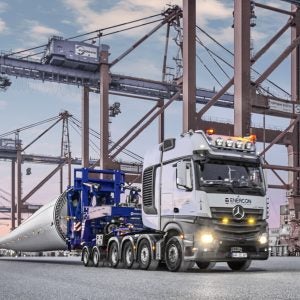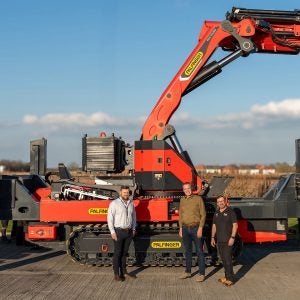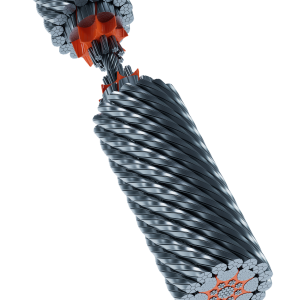Initial core drilling found that the concrete used for the biological shield was significantly degraded. This required project engineers to completely redesign the lift, which was originally planned to be 560t. The revised plan involved lifting most of the concrete biological shield and steel liner plates along with the reactor. To accomplish this the project team reinforced the containment structure with shoring columns and removed numerous portions to allow for the installation of the lifting system. This involved removing interferences and piping, asbestos abatement, core-drilling concrete saw cutting and penetration sealing and microencapsulation.
Before installing the lifting system’s 23.3t frame the construction team built an interim structure 32ft below grade to receive, move, and assemble the lift frame in place. The team then placed six 250t hydraulic jacks under the lift frame to verify the center of gravity and clearance for final lift. The critical lift was executed using four 450t strand jacks mounted on a 30ft tall mobile lifting frame.
After the PRTR was lifted, it was positioned on a Goldhofer trailer, secured, and prepared for transport to the Environmental Restoration Disposal Facility (ERDF) for disposition. The reactor’s transport weight was 1,538t
The plutonium recycle test reactor was the largest of Hanford’s experimental reactors it operated from 1960 to 1969 and was housed underground beneath the 309 Building’s dome structure. Washington Closure removed the 67t dome in early 2011 and its associated 100ft-tall exhaust stack in 2010.






